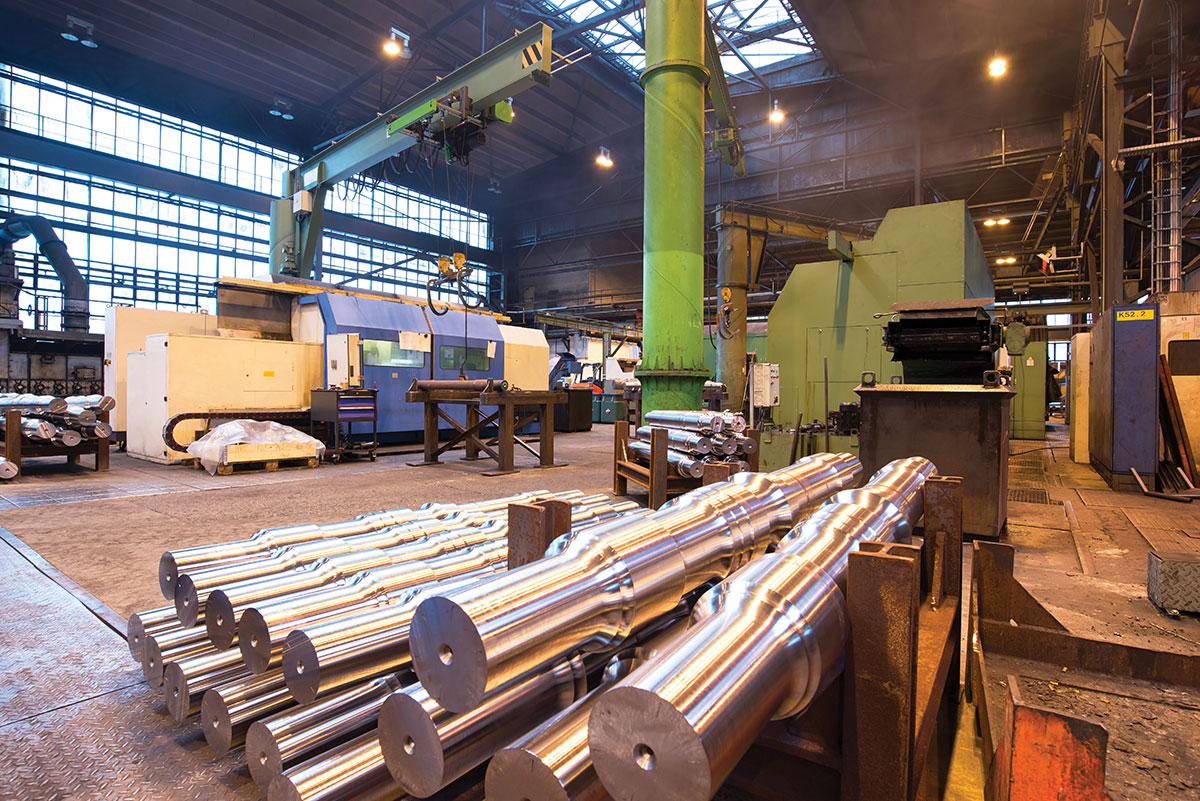With the incentive of Internet access business, some telephone and cable TV companies are scrambling to add more communication cables to some already overcrowded utility poles. Each additional cable, whether installed as a separate attachment or installed by overlashing on an existing cable, adds mechanical load to the poles.
The National Electrical Safety Code® (NESC®) in Rule 252 requires the pole and foundation strength to be adequate to support the equipment and conductors attached to the pole under windy conditions. To insure that the proposed addition is not the “straw that breaks the camels back,” someone must calculate the transverse wind loading on the pole and all the attachments. If the calculated load multiplied by the appropriate safety factor exceeds the rated strength of the pole and foundation, the pole must be replaced with a larger pole set deeper in the ground. In my part of the country, the first indication we usually get that a pole/foundation is overloaded is leaning.
Because of the sandy soil, the foundation strength is usually less than the pole strength. From a safety standpoint, a leaning pole is better than a broken pole. However, a leaning pole can also be dangerous. When poles lean, the sag of some conductors increases. As the sag increases, conductors get closer to the ground. I’ve heard some people say, “So what if the communications cable get too low to the ground, the voltage isn’t high enough to hurt anyone.” That is true, but I have seen lots of accidents where poles broke off at the ground line and all conductors, including the high voltage ones, came crashing down to the ground because a tractor trailer truck was snagged by a low communications cable. For additional information on pole loading, please see my January / February 1998 article, “Strong Enough to be Safe.” Each additional cable must also comply with the clearance requirements of the NESC®.
In general, the NESC® minimum clearance requirements between communications conductors and electric supply conductors are set to protect the communications workers and equipment from dangers of the electric supply conductors. Prior to the 1987 edition of the NESC®, the electric supply conductors were always installed at the top or on the upper section of poles in the “supply space.” The communications conductors were installed below the electric supply conductors in the “communications space.”
There was a safety zone separating the two spaces in that the electric supply and communications conductors had to be separated by 40 inches at the pole and 30 inches at mid span. Depending on the sags of the two conductors, a clearance greater than 40 inches often had to be maintained at the pole in order to meet the 30-inch mid span requirement. The 30 inch minimum at mid span must be met with the upper conductor at its maximum sag conditions and the lower conductor at its final sag under the same ambient conditions as the upper conductor. The safety zone kept the communications workers more than an arm’s length from the electric supply conductors.
In 1987, it was recognized that an effectively grounded neutral (a 230 E1 conductor) was not as dangerous as triplex energized at 120/240 (a 230C3 conductor). For that reason, an exception was added to Rule 235 C2b(1)(a) to allow communications conductors to be as close as 30 inches at the pole and 12 inches at mid span to effectively grounded neutral conductors as long as they are electrically bonded together. As a result of numerous changes incorporated into the 1990, 1993 and 1997 editions of the NESC®, some communications conductors can now be installed outside the “communications space” as long as the appropriate clearances are met and the conductors are installed and maintained by personnel qualified to work in that area of the pole.
Fiber-optic type communications cables may be installed in the supply space. If the cable is entirely dielectric, or is entirely dielectric and supported on a messenger that is entirely dielectric or effectively grounded, the cable shall have the same clearance from communications facilities located in the communications space as required for an effectively grounded neutral (Rule 230F1a&b), i.e., 30 inches at the pole and 12 inches at mid span. The minimum clearance between the above “fiber-optic supply cable” and the electric supply conductors is specified by Rule 235C (Table 235-5) row 1b for communications cables located in supply space. The NESC® does not specify a minimum clearance between entirely dielectric “fiber-optic supply cables” or entirely dielectric “fiber-optic supply cables” supported on a messenger that is entirely dielectric and electric supply conductors (Table 235-5 Footnote 11).
The personnel who install and maintain communications conductors in the supply space must be qualified to work in proximity to the electric supply lines. This is both a NESC® and an OSHA requirement. As I discussed in my March/April 2000 article on “Working in Dangerous Proximity to Overhead High Voltage Lines,” workers who are not qualified to work on high voltage lines are not qualified to work in close proximity to high voltage lines and therefore must stay at least ten feet away from high voltage lines to comply with OSHA regulations. If the voltage is greater than 50,000 volts, the minimum distance is even greater.
If you have general questions about the NESC®, please call me at 302-454-4910 or e-mail me atdave.young@conectiv.com.
National Electrical Safety Code® and NESC® are registered trademarks of the Institute of Electrical and Electronics Engineers.










Find Us on Socials